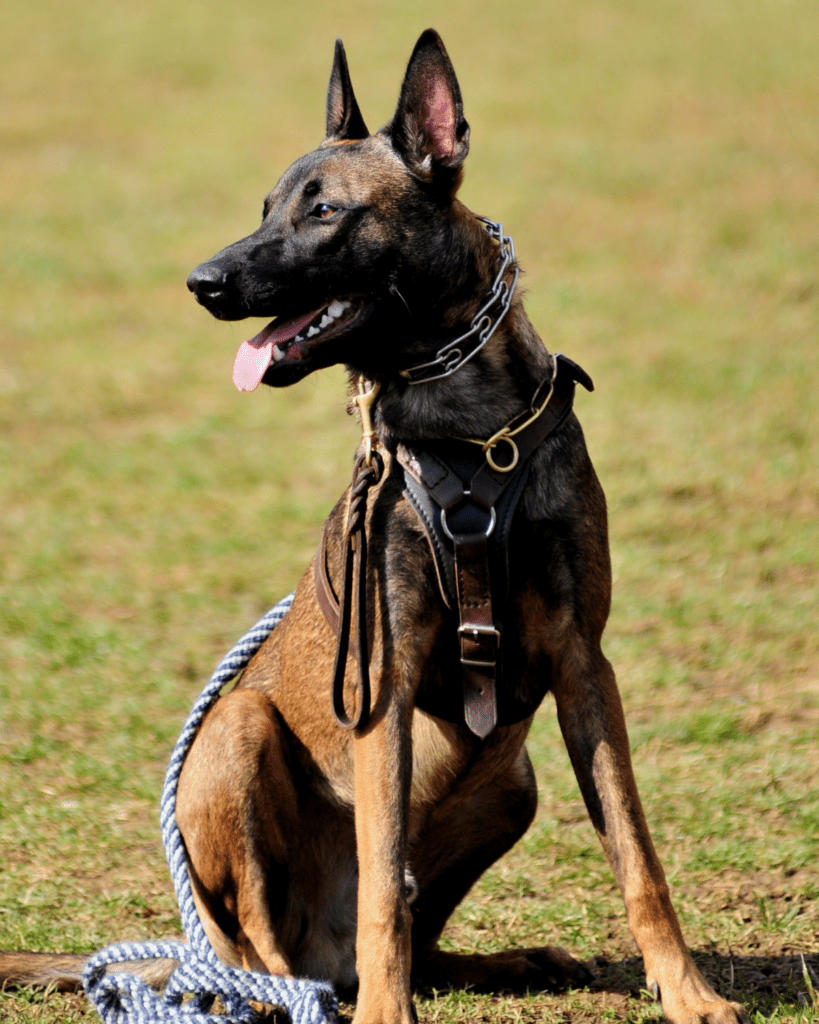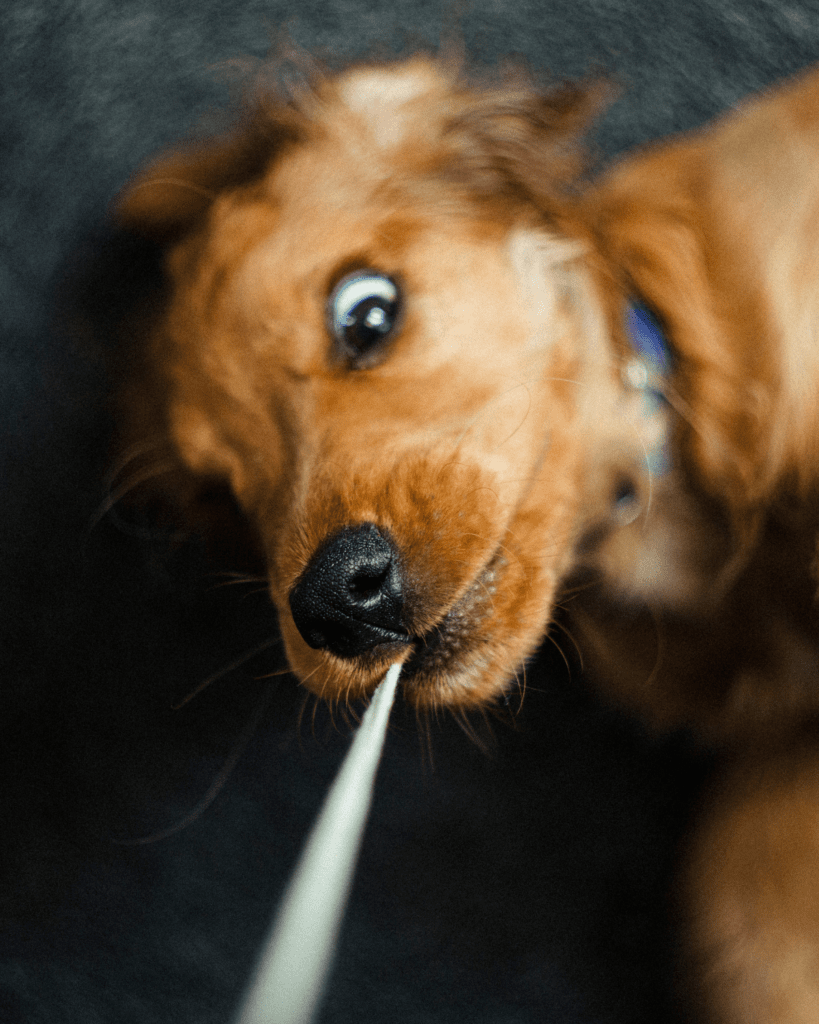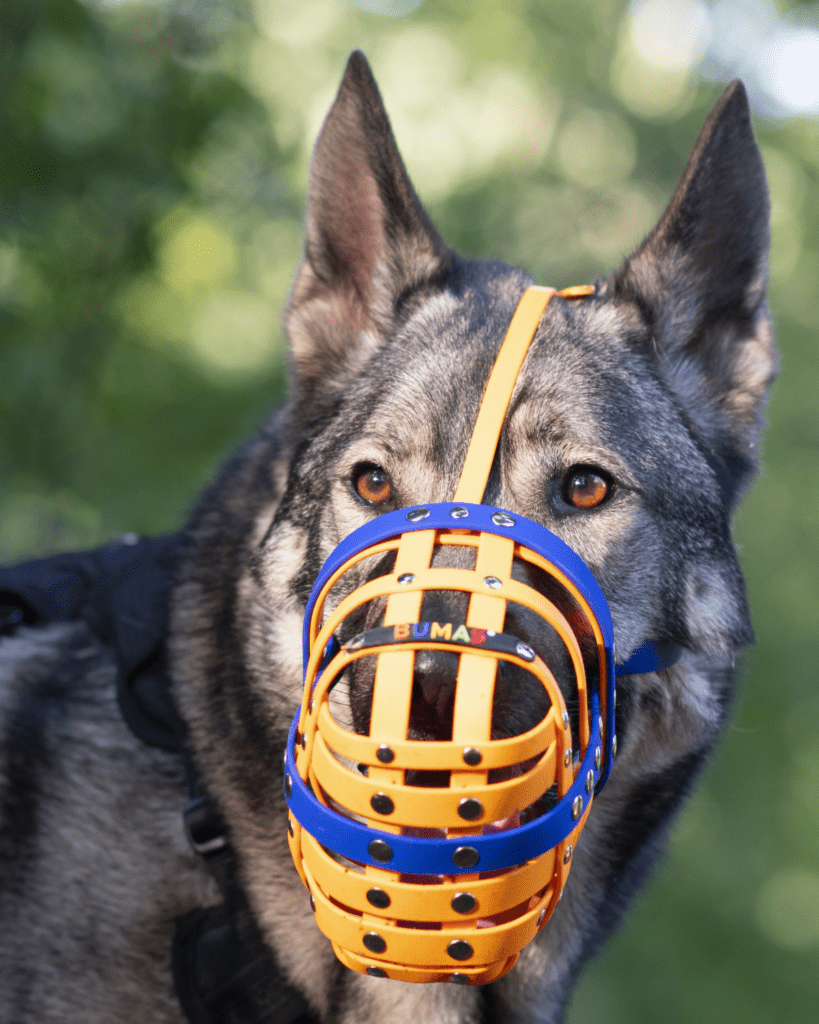As a dog owner (parent, handler, guardian, however you identify!), it’s important to understand the different approaches and techniques of dog training. The reason being that this will help you determine which method works best for your companion.
There are many approaches to dog training, each with its own advantages and disadvantages. Some methods focus on positive reinforcement while others involve a more forceful approach.
Let’s Note;
Before we go into this, you really need to understand as a dog parent, that these terms are not protected, they are not limited, they are not regulated, and this is probably the first list where all of these things have been defined for a reader. A lot of these labels are very similar, with such small variations on the definition.
So, the point here is that all trainers understand these differently, so you need to discuss the methods they use with any training to actually understand what they do and how they’ll treat your dog in the experience of training with them.
Dog owners should also be aware that all of these different training methods are not supported by places like AVSAB, or other prominent animal welfare agencies, and what’s surprising, is that some of them actually compromise animal welfare standards (which is a bit of a shock!). Also, that whilst trainers can use these labels, it doesn’t mean they subscribe perfectly to these standards.
Classical Conditioning
This one is the basic, pavlovian response, pavlov rings a bell, and the dog drools, right? This is essentially what most positive styles capitalise on with the use of verbal cues.

Operant Conditioning
There’s a lot of references in here to operant conditioning, and references of punishment, positive reinforcement, etc. So, if you’re wondering how I’m defining punishment, or positive reinforcement, this one might be an interesting read.
Me, As A Dog Trainer;
In this field, I struggle with a label as a dog trainer. Because whilst I know that I’ll never choose anything involving punishment, I struggle with labels. Holistic or progressive is probably where I would fall. Despite that! I’m going to try and explain all of these methods in the most open way possible.

1 – Positive Reinforcement
May Also Be Called; Purely Positive, Rewards Based Training
This is a quickly growing area section of dog training, because it reflects the most modern scientific findings where we know that punishment just isn’t required to train dogs. So, when we remove those from the quadrants of operant conditioning, we’re left with the one Skinner defined as Positive Reinforcement.
Positive Reinforcement focuses on rewarding the dog when it does something right, with an objective of increasing that behavior. So, if your dog sits when you ask them to, then they get a treat or other positive reward. If they don’t sit but instead do something else like lay down or shake hands then they also get rewarded with a treat or other positive reinforcer for doing so.
Common misconceptions about positive reinforcement is that it always uses treats, but it doesn’t! What it actually does is manage the environment, biologically fulfil our dogs, set out pups up to succeed and reward them for getting it right (and that might be a treat, it might be a toy, it might even be a smell!
It’s also often misunderstood that this training method is “limiting”, however, it’s really not. You just have to understand how to problem solve.

2 – Balanced Training
Balanced training is the kind of training that focuses on the positive, but also acknowledges that there are times when negative reinforcement is appropriate, and is based on the Koehler method from the 1960’s…
In this case, punishment is used to correct bad behavior via a negative consequence in order to help the dog learn what not to do and how not to do it. This may be done by using a leash correction, verbal reprimand, or even just removing the dog from the situation. This type of training should be done with care, as you don’t want to confuse your dog into thinking that all training is bad!
Some people believe that balanced training is more effective because it allows for a broad style of approach and allows you to use all the tools in your toolbox in order to reinforce good behaviors while punishing bad ones.
It’s good to read the note on punishment here, i.e. that it’s not necessary.
It’s good to note that this is no longer an advised or recommended way of training.
4 – Fear Free/Force Free
Fear Free or Force Free training is based on the idea that animals are sentient beings, just like us. It is a training method that focuses on using positive reinforcement, avoiding punishment and negative reinforcement at all costs. Instead of using fear, pain or force to make your dog do what you want it to do, Fear Free training uses positive conditioning techniques such as praise and treats, it focuses on promoting good behaviour during training sessions, and minimising the ability to perform unwanted behavior.
4 – Progressive reinforcement training
Progressive reinforcement training is a type of training that uses a series of progressively more difficult tasks to teach a dog new behaviors. This method is based on the idea that you should start with something easy for your dog and gradually make it harder as he learns. Once your dog has mastered each step, you can move onto the next one, it promotes good behavior and breaks down the overall training process so that the desired behavior becomes the easiest option!

5 – LIMA
LIMA stands for Least Invasive, Minimally Aversive. This style of training means that you should only use aversive methods as a last resort. The goal is to train your dog using positive reinforcement and other types of training that don’t involve pain or fear – and then if this honestly doesn’t work, then you can escalate to punishment based teaching as long as you consult with a more senior trainer and get sign off.
4 – Holistic Training
Holistic Training is a method of training that focuses on the dog as a whole. It aims to understand what your dog wants, needs and desires by paying attention to his body language and behavior. Holistic trainers believe that identifying these factors will allow them to communicate with their dogs in a way that encourages them to behave appropriately.
5 – Clicker Training
Clicker training is a marker system that uses a small device known as a clicker. The clicker makes a distinct clicking sound that can be used to mark the exact moment when your dog does something you want him to repeat. This is called positive reinforcement, and it has been proven to be one of the most effective ways of training dogs.

6 – Scientific Training
May Also Be Called; Modern Training, Science-based training, evidence based training.
Scientific Training is a method of dog training that focuses on scientific principles to understand and modify canine behavior. The emphasis is on the use of evidence-based practices, which are methods that have been demonstrated to be effective in peer-reviewed studies. This is often where most Behaviorists align as science-based dog training
7 – Electronic Training
May Also Be Called: E-Training
“Electronic” training is basically dog training that relies on electric based tool, known as en e-collar (shock collar, training collar etc) to correct the dog when it does something wrong. The collar can be in the form of a collar with a remote control, or it could be an electronic device placed on the dog’s neck that sends out electric current when activated by the owner. This sector really resonates on punishment and particularly “positive punishment” and “Negative reinforcement” sectors of operant conditioning, and is not that different to compulsion based training via the use of shock collars.
It’s good to note that this is no longer an advised or recommended way of training
9 – Dominance Based Training
May Also Be Called; Alpha Dog Training, Leadership Trainer, Traditional Training, Police Training, K9 Handling
Dominance training hails back to dominance theory, which was based on our understanding of wolves and their social hierarchy. Dominance based training is based on the assumption that dogs are driven by a desire to dominate. This theory was popularized in the early 1900s by Swiss zoologist, Rudolph Schenkel and his wife, who were studying wolves in their natural habitat. Schenkel made several observations about wolf behavior that he applied to dog training techniques. For example, he observed that when one pack member became aggressive towards another member of the pack, he or she was quickly reprimanded by the rest of the pack. This is one example of how dominance theory was applied to dog training.
However, the interesting thing is that this theory got debunked in 2000, as this theory was observed in captive wolves who had been forced together by humans, not in natural wolf families.
This style of training was very much made famous and popularised by Cesar Millan, and this theory & training style is very much based on outdated principles that we know and understand not to be true.
It’s important to note that this type of training relies on physical punishment, such as hitting your dog with a rolled-up newspaper or other blunt object.
This tends to thrive in more traditional aspects of the dog training industry, such as protection work, or k9 handling, or sometimes even ring craft (who still used a slip lead!).
It’s good to note that this is no longer an advised or recommended way of training (read why punishment isn’t needed)

10 – Compulsion Based
Compulsion based is, essentially, the opposite of positive reinforcement. It’s based on aversive training, or punishing your dog for bad behavior – and punishing them until they get it right – which is when the punishment stops. This can include anything from hitting the animal to yelling at it or even shocking them with an electric collar.
It’s good to note that this is no longer an advised or recommended way of training
Let’s Talk About Punishment…
Punishment is a large component of a lot of these methods, and, scientifically speaking, punishment is entirely unnecessary in dog training, and often comes with consequences.
Honestly, punishment simply isn’t needed in dog training. Training dogs is surprisingly not complex, particularly for basic commands, and we just don’t need to be using anything other than positive training to get the best results – and no – even if your dog is stubborn, or if you have one of the breeds of dogs that’s deemed to need a “firm hand”, it’s just not true. I promise you positive reinforcement training methods work with all dogs. Actually, not even just dogs, with tigers, killer whales, and even humans.
How Do You Choose The Right Method Of Dog Training?
To me, there’s not really much choice, we have either the choice to give our dogs the very best of what current human knowledge offers, or, to go with outdated information that might result in further behavioural problems.
So to me? We should prioritise our dogs’ wellbeing, so the preferable methods of training are;
- Positive Reinforcement
- Fear Free/Force Free
- Scientific Training
- Holistic Training,
- Clicker Training
- Progressive reinforcement training
- LIMA (though you really need to watch this category!)
These methods take the more modern approach,
Remember, Professional Trainers are not regulated
It’s really good to remember that no one regulates professional dog trainers. Some trainers do elect for a standard, or sign up to a code of ethics, but not all do. The best way for you as a pet owner to actually understand what your trainer will be doing to get the results out of your dog is to actually talk about what they do. And you want to make sure, in essence that they’re promoting good behavior, and not allowing bad ones to happen, whilst not using anything that would be painful or undesirable to your dog (an aversive stimuli).

Author, Ali Smith
Ali Smith is a professional, qualified, and multi-award winning trainer is the founder of rebarkable. She has always believed animals deserve kindness and champions force free methods. Believing that dog guardians will all choose the kindest options if proper information is provided, she aims to help all dog guardians who need it and make dog training as accessible as possible
Ali lives win Maryland, US with her husband and her three dogs.







0 Comments